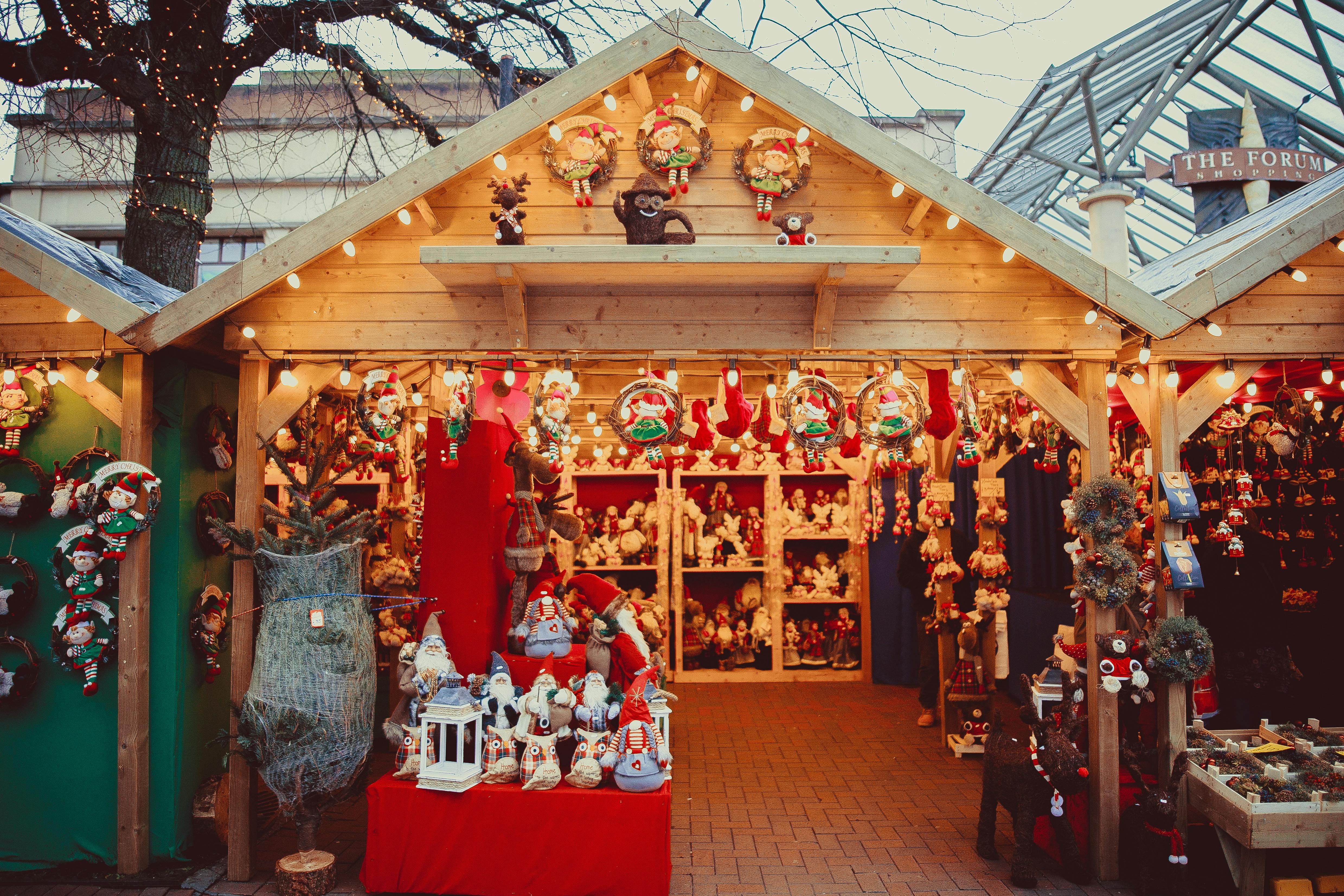SEO for Facebook … really? Can You Really Optimize Your Business Facebook Fan Page For Search Engines? YES!
The first step in optimizing your site for search is identifying the best keywords to use. Keywords should be selected based on how potential customers who have NEVER heard of your brand, but NEED your goods / products / services, search for vendors. Keywords are difficult to select, but with a little help from Google’s keyword tools (knowledge, trends, sets, etc.) you can discover not only the correct words and phrases, but the search volume itself. . Try to find good keywords and link them to your business name when choosing your custom URL.
Make sure your Facebook Page URL represents your company and brand identity. They frown upon black hat behaviors, so keep it clear and choose a username that represents your brand. Part of the process of getting a custom URL is having 100 fans on your page. Once you get 100+ fans, you can implement this SEO element with Facebook.
Once you’ve done your research and selected the best keywords and selected your custom page URL, it’s time to focus on the actual optimization of your Facebook page. Here are some general guidelines for optimizing a page:
- Add keywords to your “about” box
- Place your company’s website link URL on your profile
- You can add more than one URL, so add your Twitter link, LinkedIn profile link, etc.
- Post engaging content on a regular basis that is related to your products or industry that is not ‘commercial’
- Use keywords in everything you post if possible
- Be social, interact, evoke comments
- Add YouTube videos, add photos or products, your store front, etc.
- Find links related to the content of your site.
- Put your Facebook page URL in your email, newsletter, website, etc.
The “About” text is the place to package your keyword description as close to the top of the page as possible. You are limited by the amount of text you can put on it, it is still the best place to add custom text. There is a 250 character limit, so use keywords in your text and be selective.
The “information” tab is a fundamental place to include more keywords / phrases, as well as your links to your website and other social networks where your brand has a presence. This is essentially where search engines pull the descriptive metadata out of your fan page and actually increase your content score. Facebook has a super high page rank with all search engines, so having your website on your Facebook page is critical to providing a valuable link. To have your website displayed on your main profile page, click on access the information box on the left side of your profile page. Click on the yellow pencil and you can edit the box. Check the “website” box to show your site. Visitors can now go directly to your website. Here are a few things to add to this chart:
- Local Lookup Information – Full address for a physical business or a city, state, and ZIP code if you work from home or have only one PO box.
- Company data: mission statement, products, services, brands that are carried
- URL – Add links to your website, blog, and other personal social media pages
Facebook allows you to create “static FBML” (Facebook markup language) tables and tabs for large volumes of content, images, or videos. The more content you have on your page, the higher your content density score with Google; however, keep in mind that each tab you create has a separate URL from a search engine perspective. To add a custom tab or box to your page:
- In the search box at the top right of your Facebook page, type “static fbml”.
- You will go to a listing page. Select the “Static FBML” application button.
- A new page will open and at the top left there are two options. Click on the “add to my page” icon.
- Choose the page where you want to add the custom content box or tab.
- Close the dialog and go to your Fanpage. Just below your profile picture, click “edit page”
- A new page will open. In the list of applications is the application “FBML 1”. Click on the pencil next to it.
- Select “edit”
- A new page will open with 2 fields: “Frame title” and “FBML”. Name the box or tab with a keyword related to the content that you will place there. If it is a tab title, it will be limited to 10 characters.
- Click “save changes”
- To return to the application settings page, click “edit” at the top of the page.
- Click on the pencil next to the name you selected for the FBML application and then choose “application settings”.
- To add the FBML you just created as a box, select “add” next to the “box” option.
- To add the FBML you just created as a tab, select “add” next to the “tab” option.
Status updates are a great place to post direct links to your website; however, you must do so wisely. Nobody likes being sold or offered a constant offer. Since Google really likes pages that link to relevant sites, posting relevant related links near the top of your page structure are legitimate Google drivers for your Facebook page.
Post the raw URL in the status update frame or use the “attach link” function. When publishing the raw URL, Facebook automatically links the text to the URL. The resulting anchor text is what it is … you can’t change it; however, the URL is linked directly to the landing page and does not have Facebook.com as part of the menu bar on the landing page.
If you use the “attach link” feature, Facebook extracts your page’s title, body, and images and creates a suggested image and text on the side of your page’s link. This is also great for increasing keyword density by changing the anchor text before “sharing” your link. This link will go through a shared URL that places the destination URL in an iframe that has the Facebook menu bar at the top. It will also include a sharing feature, as well as a place for comments.
Content is still king, so what you post beyond URLs can influence your searchability. But highly optimized keyword rich content is useless if it is not interesting and varied. Photos are great, but add keyword-rich captions, perhaps with a geo-targeted keyword for added appeal. Post an event and include text and keywords as well. Create a discussion forum for those events and to discuss brands and product reviews, etc. All the content you share on your Facebook pages is indexable by search engines.
There are even some off-site things you can do for your Facebook page. One of them is getting inbound links from your website and vice versa. Related reciprocal links from related and authorized websites help your PageRank. Place a Facebook badge or Facebook Fan Box widget on your website to encourage your website followers to link to your Facebook page. Links from other Facebook pages are also a form of inbound links to your page. The more fans you have, the more links you will have to your Facebook page, thus adding to your “Google go juice”.
Encourage your followers to comment and discuss topics on your page. Get “Like” content on your page as it links your name to your profile page, creating another backlink. When Google spiders see that your fan is commenting on your page while it is indexed, Google sees reciprocal links. This type of link is heavily weighted.
SEO is important for everything you post on the Internet related to your business. The growth of your social media connections on Facebook is greatly aided by simple search engine optimization tactics. You can do a lot to maximize your brand’s exposure to search engines through your Facebook Fanpage.

